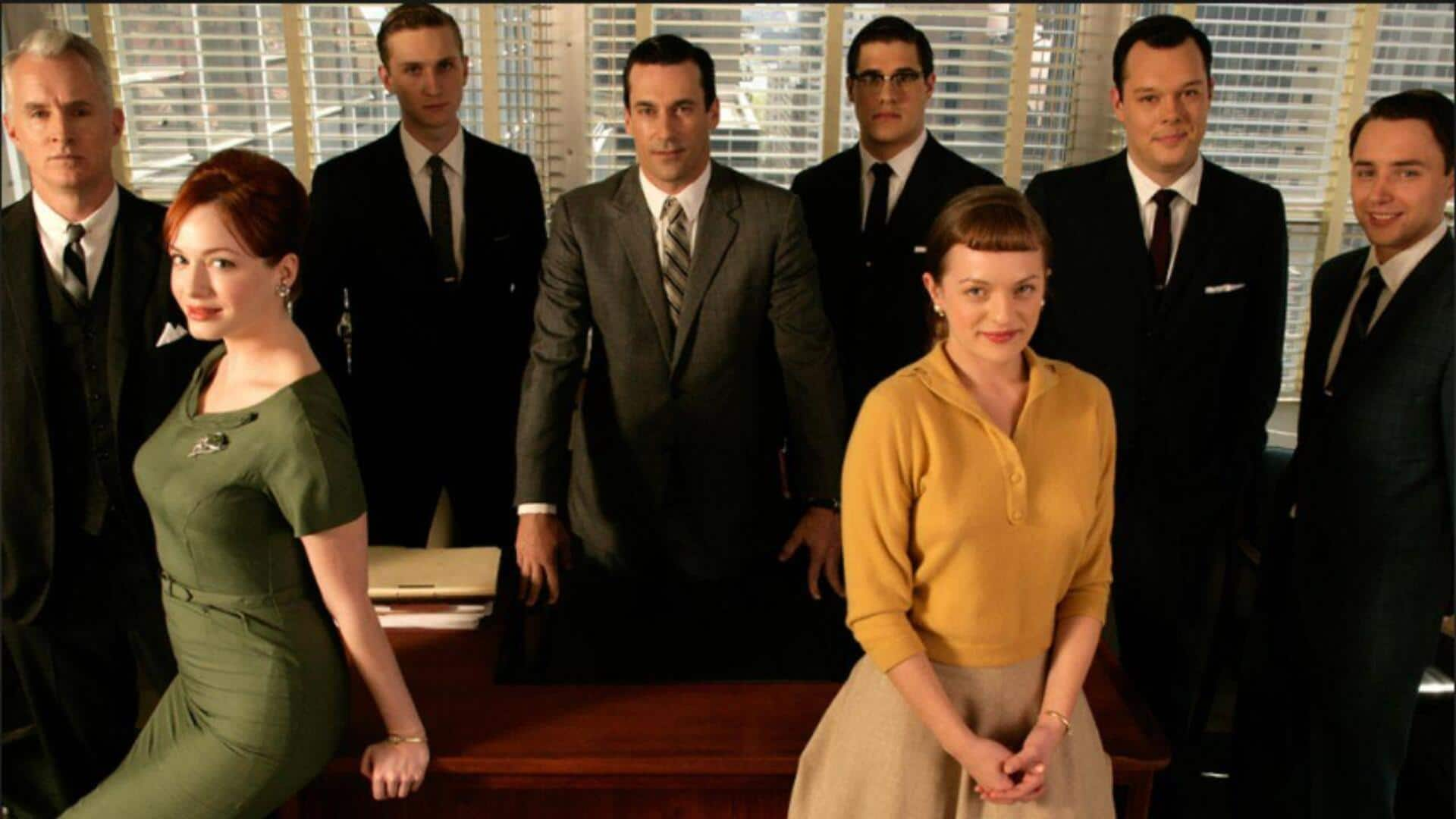
'Mad Men's guide to 1960s corporate etiquette
What's the story
The acclaimed television series Mad Men provides a peek into the business world of the 1960s, perfectly capturing the essence of corporate culture back then. The show emphasizes various aspects of business etiquette that were common at the time. From dress codes to how you spoke, Mad Men accurately depicts how professionals behaved in a corporate environment. Here are some key elements of 1960s business etiquette as shown in the series.
Attire 1
Dress code and appearance
In the 1960s, professional attire was an important element of business etiquette. Men would mostly wear suits with ties, while women would wear dresses or skirts with blouses. The focus was on neatness and formality, reflecting one's respect for the profession and the colleagues. The accessories would be minimal, but tasteful, ensuring personal style doesn't overpower professionalism.
Attire 2
Communication styles
Communication in the workplace during the 1960s was also formal and respectful. Professionals addressed each other using titles and last names, unless otherwise invited to use first names. Meetings were structured with clear agendas, and written correspondence followed strict formats. This formality underscored a sense of order and hierarchy within organizations.
Attire 3
Hierarchical structures
Back in the 1960s, the corporate world was all about strict hierarchies. Authority was deeply respected across these hierarchies, and decision-making processes generally witnessed orders flowing from the top management down the chain. The employees were well aware of their respective positions in this hierarchy. This awareness greatly impacted how colleagues at different levels treated each other, ensuring a clear sense of order and respect across ranks.
Attire 4
Networking practices
In the 1960s, networking was everything. Professionals would spend time building connections at social events or informal get-togethers. These weren't just for fun but were avenues to seek growth opportunities or nurturing collaborations within their industry. Such practices highlighted the importance of interpersonal relationships in getting ahead professionally and maneuvering through the corporate landscape smoothly.